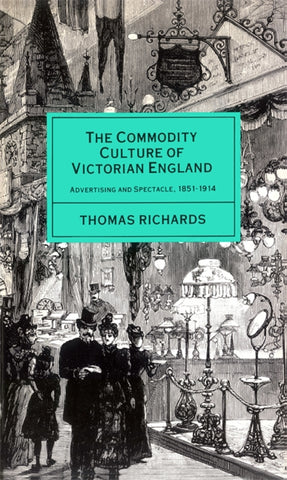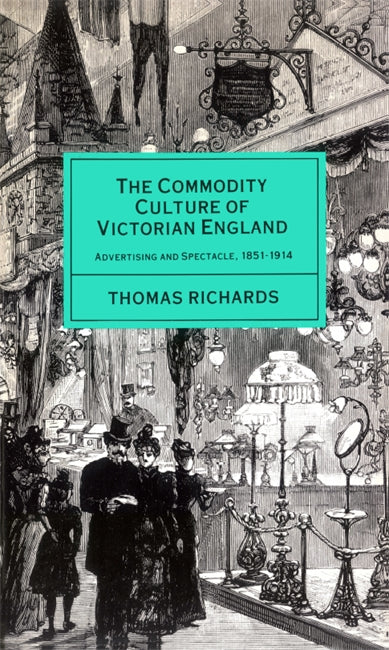
The Commodity Culture of Victorian England:Advertising and Spectacle, 1851-1914
London's Great Exhibition of 1851 was based on a single, far-reaching conception: that all human life and cultural endeavour could be represented by exhibiting manufactured articles. The 'great exhibition of things' inaugurated a way of seeing that made an indelible mark on Victorian England and fashioned an enduring ideology of consumerism. This was the first world fair, the first department store, the first shopping mall: it heralded the triumph of the commodity as the focal point of everyday life and the dead centre of the modern world.
In this pioneering book, Thomas Richards reveals the ways in which capitalism produced and sustained a culture of its own in the nineteenth and early twentieth centuries. Drawing in particular on the work of Guy Debord, Richards examines the birth of the commodity and the origins of advertising. He shows that the cultural forms of consumerism came into being long before the consumer economy itself, and argues that those forms have left vivid traces in the commodity culture of the present.
Lucidly written and carefully grounded in analyses of individual advertisements and campaigns, this is a powerful account of the fateful conjunction of spectacle and capitalism; of a world produced, distributed and consumed, a world still too much with us.
Reviews
A compelling story of how advertisers built a system of signs around the humble commodity, erased the line between the cultural and the economic, and laid the groundwork for our own spectacle of goods. Richards has made a subtle contribution to cultural studies.
